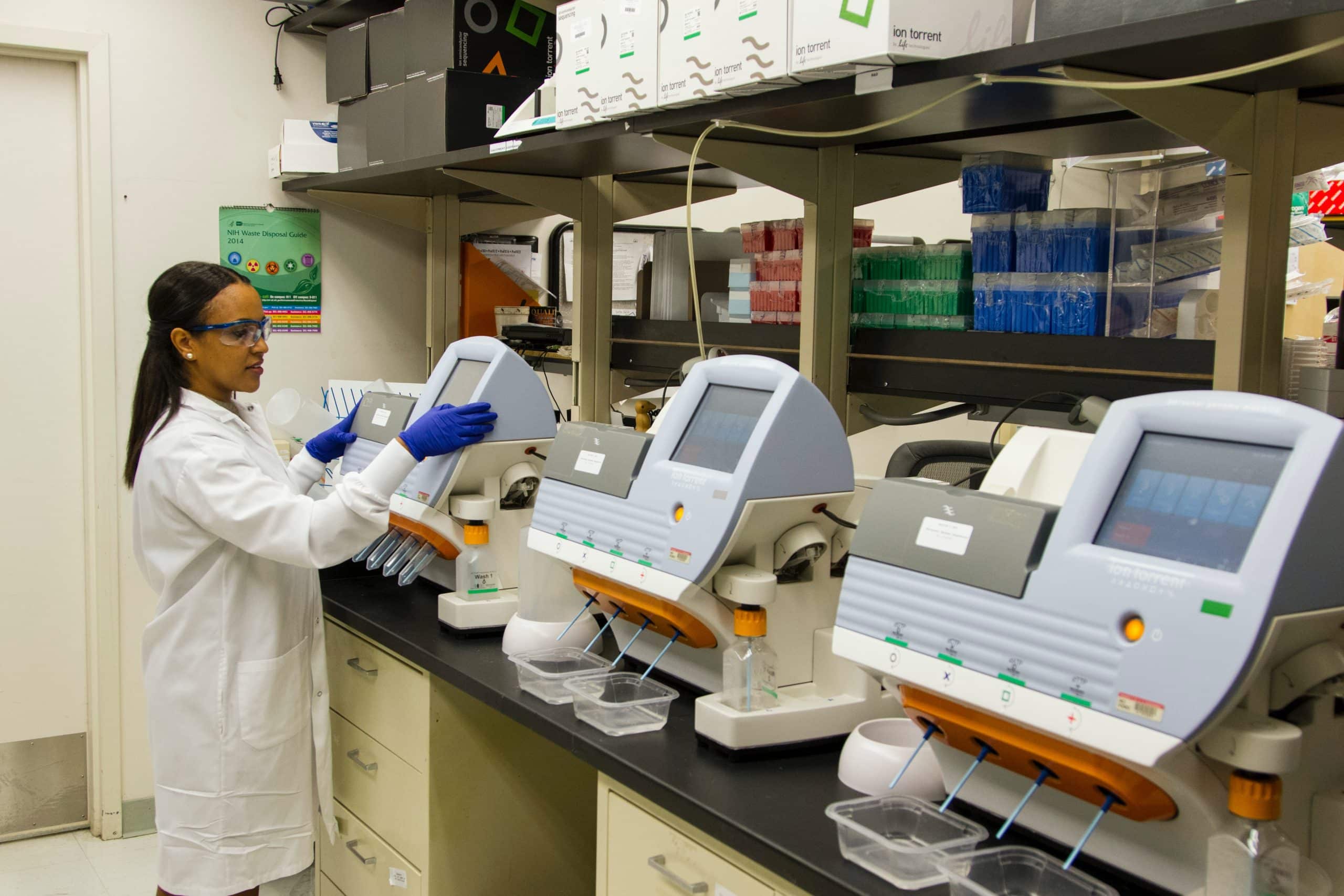What’s the role of robotics in future healthcare?

The influence of robotics in healthcare is a topic that has sparked immense interest and intrigue across the globe. The evolution of technology and the ever-expanding horizon of artificial intelligence have given birth to the concept of robots taking over critical roles in the medical field. Through this article, we will delve into the fascinating world of robotics in healthcare and explore the potential implications and advantages it presents for future patients.
The Promise of Robotic Healthcare
The idea of robots tending to patients may seem like something straight out of a science fiction novel. However, with advancements in technology, it’s becoming more of a reality than a mere fantasy. Various types of robots are already making their way into hospitals, offering diverse services from surgical assistance to patient rehabilitation. Here, we will explore different aspects of the integration of robotics into healthcare and its potential benefits.
Also to read : Decoding dreams: insights from the latest sleep research
Robots and Surgical Tasks
Starting with surgeries, robots have already made a significant impression. Surgical robots are capable of carrying out intricate procedures with a precision that surpasses human capabilities. These robots can perform tasks that involve precision and control, making them ideal for delicate procedures such as cardiac surgery or neurosurgery.
A noteworthy example is the da Vinci Surgical System, which allows surgeons to perform complex surgeries using a minimally invasive approach. The technology converts the surgeon’s hand movements into smaller, precise movements of tiny instruments inside the patient’s body. Incorporating robotic systems in surgery contributes to minimising human error, reducing patient recovery time, and enhancing overall surgical outcomes.
Also to discover : Savor french delights with epicerie corner in the uk
Robots in Patient Care and Nursing Services
Aside from surgery, robots are making headway in the realm of patient care and nursing services. These robots can help perform tasks such as moving patients, delivering medication, and even providing companionship. They can also take over monotonous tasks, thereby freeing up healthcare professionals to focus on more critical patient care aspects.
One such example is the robotic nursing assistant, or "RiN," developed by Toyota. The RiN is designed to assist elderly or disabled individuals in moving about, preventing falls and improving overall mobility. In the future, these types of robotic care systems will become increasingly common, offering patients a level of assistance and independence previously unimaginable.
Robotic Rehabilitation Therapy
Rehabilitation therapy is another area where robots are making a significant impact. These robots can provide physical and cognitive therapy to patients recovering from strokes, spinal cord injuries, or other debilitating conditions.
Robotic rehabilitation systems offer several benefits. They can provide consistent, high-quality therapy, allow for precise measurement of patient progress, and can be tailored to the specific needs of each patient. A shining example of this is the Lokomat, a robotic system that helps patients relearn how to walk after suffering a stroke or spinal cord injury.
Robot-Human Collaboration in Healthcare
The integration of robotics into healthcare isn’t about replacing human healthcare workers. Instead, it’s about creating an efficient system where robots and humans can work together to provide the best possible care for patients.
Robots can take over mundane, repetitive tasks, allowing healthcare professionals to focus on patient interaction and care. They can also perform tasks that may be difficult or dangerous for humans, such as heavy lifting or exposure to infectious diseases.
The key is to strike a balance between utilizing the strengths of robots and the qualities that make humans unique. Robots excel at tasks that require precision, consistency, and stamina. Humans, on the other hand, bring empathy, creativity, and personal touch to patient care. By combining these strengths, we can create a healthcare system that is both efficient and compassionate.
The Future of Robotics in Healthcare
Looking ahead, robotics will continue to permeate the healthcare industry, revolutionizing the way we deliver medical services. From autonomous surgical robots to AI-powered diagnostic systems, the future of healthcare seems increasingly intertwined with robotics.
However, the implementation of robotics in healthcare also presents unique challenges, particularly in terms of ethics, privacy, and security. As we move forward, it will be crucial to address these issues to ensure that the benefits of robotic healthcare outweigh any potential risks.
Despite these challenges, the potential of robotics in healthcare is undeniable. As technology advances, robots will become more sophisticated and capable, enhancing the quality of care we can provide to patients. In the end, the goal is the same as it has always been: to deliver the best possible care to those in need.
The Impact of Robotics in Managing the Covid Pandemic
The Covid pandemic that swept across the globe put immense pressure on healthcare professionals, highlighting the need for efficient and safe healthcare services. Robotics in healthcare has played an instrumental role in managing the crisis, showcasing their immense potential.
Robots were at the forefront in the fight against the virus, performing a variety of tasks to support healthcare workers and ensure patient safety. For instance, disinfection robots were used to sterilize hospital rooms, medical equipment, and other high-risk areas, reducing the risk of infection and relieving the burden on healthcare workers.
Robots also proved instrumental in managing patient care for those infected with the virus. The deployment of telepresence robots, for instance, allowed doctors to interact with patients remotely, reducing the risk of virus transmission. These robots were equipped with a video screen, camera, and microphone, enabling healthcare professionals to monitor and communicate with patients, despite the physical distance.
In the realm of testing, robots assist in automating the process, increasing testing capacity, and reducing exposure risk for healthcare workers. The Covid testing robots can efficiently process large volumes of tests, contributing to a faster and more accurate diagnosis.
Moreover, robots were also utilized in the distribution of vaccines. With the rollout of Covid vaccines, robots were used to handle storage, sorting, and distribution tasks. This not only sped up the process but also minimized human error.
The Covid pandemic has underscored the role of robotics in managing a healthcare crisis, and the benefits they offer are likely to extend beyond the pandemic. The crisis has accelerated the adoption of robots in the healthcare industry, setting the stage for a future where robots and humans work hand in hand to deliver effective healthcare services.
The Economic Impact of Robotics in Healthcare
The economic impact of robotics in healthcare is another crucial aspect to consider. According to market research, the global healthcare robotics market is expected to grow significantly in the coming years. This growth is fueled by an increasing demand for automation, coupled with technological advancements in the field.
Robotic systems in healthcare are not only revolutionizing patient care but also contributing to cost savings. By taking over repetitive tasks, robots allow healthcare workers to focus on more critical aspects of patient care, enhancing efficiency, and reducing labor costs.
Moreover, the use of surgical robots has been associated with fewer complications and shorter hospital stays, translating to cost savings for both patients and healthcare providers. The da Vinci Surgical System is a prime example of how robotics can improve surgical outcomes while also contributing to cost-effectiveness.
Furthermore, the use of robots in rehabilitation therapy can lead to more efficient therapies, reducing the overall cost and duration of treatment. Rehabilitation robots, such as the Lokomat, can provide consistent therapy, reducing the need for intensive one-on-one therapy sessions.
However, the initial cost of implementing robotic systems in healthcare facilities can be high. This includes not only the cost of the robot itself but also the cost of training healthcare professionals to use these systems. Despite these initial costs, the long-term benefits and potential cost savings make the investment worthwhile.
In conclusion, the role of robotics in future healthcare is multifaceted. From revolutionizing surgical procedures to enhancing patient care, robots are set to play an increasingly vital role in the healthcare industry. Despite the challenges, the integration of robots in healthcare holds immense potential. As we continue to navigate the uncharted waters of this technological revolution, it is crucial to strike a balance, leveraging the strengths of both robots and humans to create a healthcare system that is efficient, effective, and compassionate.
